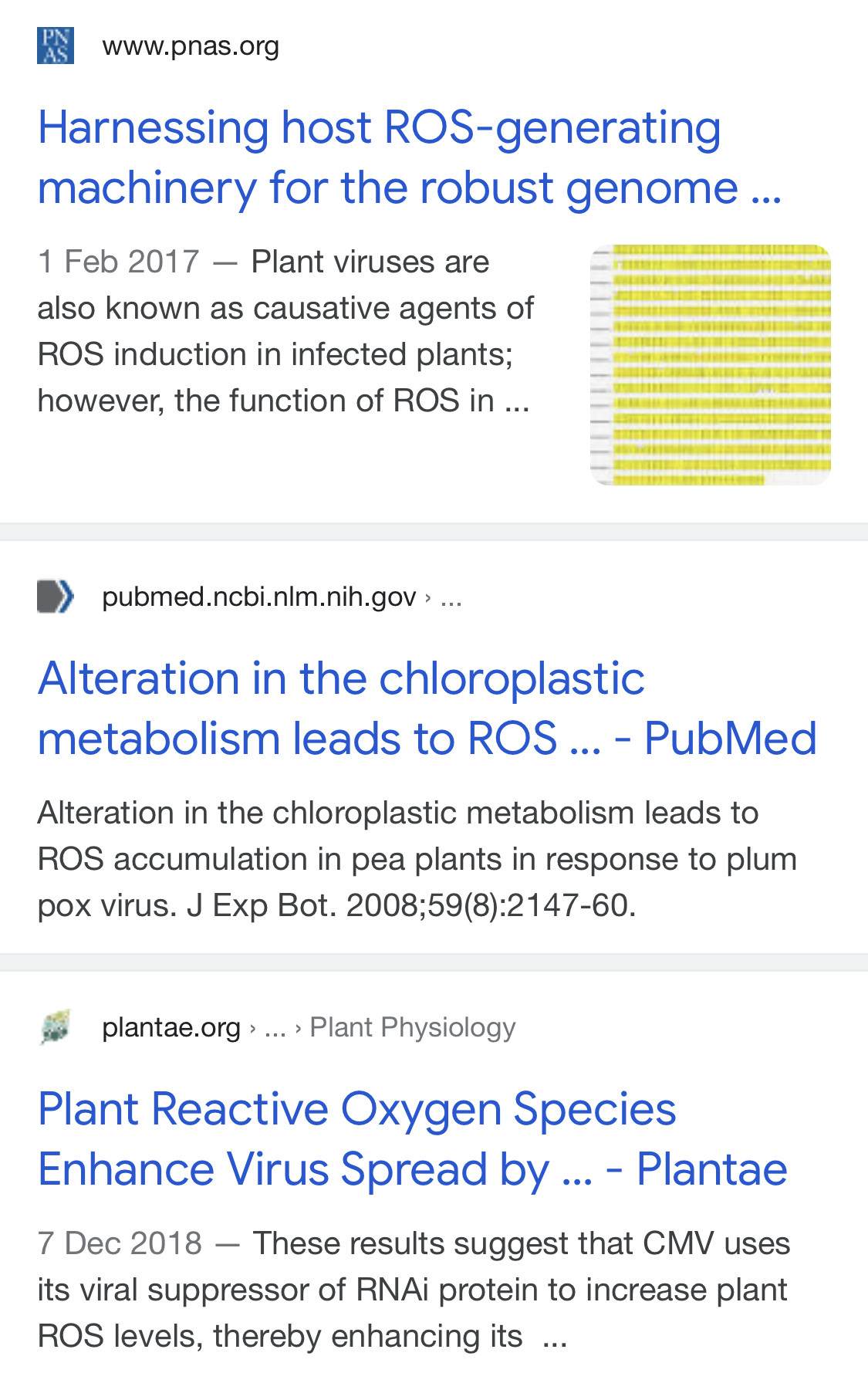87,000 doctors and nurses suing those who are pushing this covid scam...
It's still me, following my heart 🙂❤️ and something else 👉 https://anonup.com/thread/13230439 💥
The Nuremberg Code
http://www.environmentandhumanrights.org/resources/Nuremberg%20Code.pdf
The Hippocratic Oath (Modern Version)
https://rjoy4u.org/modernhippocraticoath.pdf
Hippocratic Oath
https://tsmubioethics.weebly.com/uploads/5/0/1/7/5017099/hippocratic_oath.pdf
"To practice and prescribe to the best of my ability for the good of my patients, and to try to avoid harming them."
Oxidation is a normal and necessary process that takes place in your body. Oxidative stress, on the other hand, occurs when there’s an imbalance between free radical activity and antioxidant activity. When functioning properly, free radicals can help fight off pathogens. Pathogens lead to infections.
When there are more free radicals present than can be kept in balance by antioxidants, the free radicals can start doing damage to fatty tissue, DNA, and proteins in your body. Proteins, lipids, and DNA make up a large part of your body, so that damage can lead to a vast number of diseases over time.
diabetes
atherosclerosis, or the hardening of the blood vessels
inflammatory conditions
high blood pressure, which is also known as hypertension
heart disease
neurodegenerative diseases, such as Parkinson’s and Alzheimer’s
cancer
Oxidative stress can cause chronic inflammation. Infections and injuries trigger the body's immune response. Immune cells called macrophages produce free radicals while fighting off invading germs. These free radicals can damage healthy cells, leading to inflammation.
Oxidative stress can activate a variety of transcription factors, which lead to the differential expression of some genes involved in inflammatory pathways. The inflammation triggered by oxidative stress is the cause of many chronic diseases.
Oxidation happens under a number of circumstances including: when our cells use glucose to make energy. when the immune system is fighting off bacteria and creating inflammation.
Inflammation refers to your body's process of fighting against things that harm it, such as infections, injuries, and toxins, in an attempt to heal itself. When something damages your cells, your body releases chemicals that trigger a response from your immune system.
Inflammation happens when a physical factor triggers an immune reaction.
Autism Spectrum Disorder (ASD) is characterized by persistent deficits in social communication and interaction and restricted-repetitive patterns of behavior, interests, or activities. Strong inflammation states are associated with ASD. This inflammatory condition is often linked to immune system dysfunction.
👉 find me here! https://linktr.ee/petahjane
I raised two kids with ASD
Bless your heart. 🙏🏻❤️
👉 find me here! https://linktr.ee/petahjane
and three stepchildren... hardest job ever
Cells produce glutathione as an antioxidant to help resist oxidative stress.
In a more recent study, coenzyme Q10 supplementation was shown to reduce oxidative stress and ASD-like symptoms in ASD children. Another promising molecule is N-acetylcysteine (NAC), a strong antioxidant that helps in boosting glutathione levels. 6 May 2020
During the earliest stages of a virus infection, cytokines are produced when innate immune defenses are activated. The rapid release of cytokines at the site of infection initiates new responses with far-reaching consequences that include inflammation.
Note: Many kinds of bacteria have developed a process called CRISPR that helps them remember viruses they have seen before.
the infected bacterial cell self-destructs to keep the infection from ...
ROS can kill pathogens directly by causing oxidative damage to biocompounds or indirectly by stimulating pathogen elimination by various nonoxidative mechanisms, including pattern recognition receptors signaling, autophagy, neutrophil extracellular trap formation, and T-lymphocyte responses.
Scientists have found that a virus can stimulate photosynthesis in bacterial hosts. ... Viruses that infect bacteria specifically are called bacteriophages. "They abuse the bacteria to produce new virus proteins," explained Microbiology Professor Nicole Frankenberg-Dinkel of the TU Kaiserslautern.
"a virus can stimulate photosynthesis in bacterial hosts."
Blue light can excite porphyrin-like derivatives generated within bacteria, leading to the production of cytotoxic reactive oxygen species (ROS) (7–10).6 Jan 2021
The purpose of artificial photosynthesis is to produce a fuel from sunlight that can be stored conveniently and used when sunlight is not available, by using direct processes, that is, to produce a solar fuel.
Note: The team's perovskite converts light instead of generating current, transforming blue photons to near-infrared (near-IR) photons, which the silicon cell below then turns into electricity. The researchers say the design could boost the efficiency of silicon solar cells by nearly 20%
A quantum dot solar cell (QDSC) is a solar cell design that uses quantum dots as the absorbing photovoltaic material.

